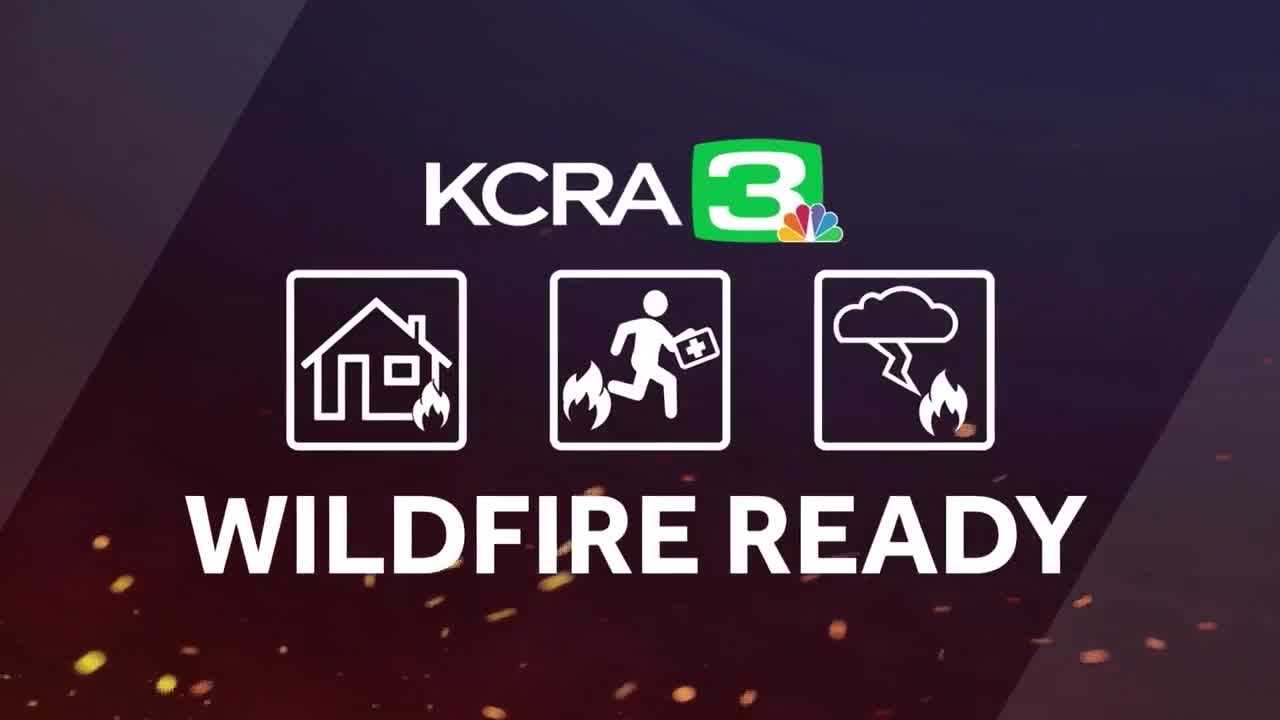California’s peak fire season may be summer and early fall, but the threat of wildfires is an ever-present reality. This year-round risk requires communities and individuals to stay alert, plan effectively, and track blazes as they arise.
2025 California wildfires guide | How to prepare for and track fires across the state

Key Takeaways:
- California’s peak fire season typically runs from summer to early fall.
- Wildfires can ignite any time of year, requiring constant vigilance.
- Resources like Cal Fire updates and the Watch Duty app aid in real-time tracking.
- Following evacuation orders promptly is essential for safety.
- Preparing a “go bag” ensures readiness during emergencies.
Introduction
Wildfires in California are far from a seasonal rarity: while they tend to peak during summer and early fall, residents know that flames can spark in any month. Understanding the risks and adopting best practices year-round can be pivotal to protecting your home, your loved ones, and your community.
Understanding the Fire Season
California’s fire season is usually most active in the height of summer and into the early weeks of fall. Warmer temperatures and drier vegetation create conditions that allow fires to spread fiercely. Yet, seasons may shift, and extreme weather events—from drought to strong winds—continue to make fire behavior increasingly unpredictable.
The Year-Round Threat
Even though summer and early fall remain critical periods, the state’s history has shown that wildfires can erupt in winter or spring. Being prepared for an emergency at all times is therefore a shared responsibility. Experts suggest continuous monitoring of weather conditions and local advisories, rather than solely relying on traditional seasonal alerts.
Tracking Wildfires
Staying informed is key to quick, decisive action. Cal Fire offers detailed coverage of active blazes and their containment status. Mobile tools like the Watch Duty app provide real-time tracking of incidents, evacuation warnings, and potential threats in your neighborhood. By combining these resources, you can keep abreast of shifting fire lines in moments when every second counts.
Evacuation Readiness
When an evacuation order is issued, time is of the essence. Keep a “go bag” assembled with essentials such as important documents, medications, bottled water, and simple first-aid supplies. Local authorities or your county office may instruct you to leave if conditions become dangerous. Familiarize yourself with multiple evacuation routes to make a swift and safe exit should the threat escalate.
Conclusion
California’s wildfires may concentrate in the hottest months, but their unpredictable nature demands year-round alertness. By staying informed on fire movements, knowing where to get official updates, and having an evacuation plan ready, individuals and communities alike can remain resilient in the face of this persistent natural disaster.











